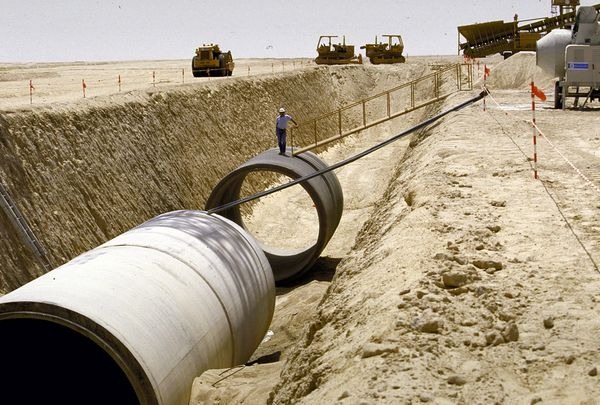Underground ‘fossil water’ running out
By Brian Handwerk for National Geographic News
Published May 6, 2010 In the world’s driest places, “fossil water” is becoming as valuable as fossil fuel, experts say. This ancient freshwater was created eons ago and trapped underground in huge reservoirs, or aquifers. And like oil, no one knows how much there is—but experts do know that when it’s gone, it’s gone. (See a map of the world’s freshwater in National Geographic magazine.) “You can apply the economics of mining because you are depleting a finite resource,” said Mike Edmunds, a hydrogeologist at Oxford University in the Great Britain. In the meantime, though, paleowater is the only option in many water-strapped nations. For instance, Libya is habitable because of aquifers—some of them 75,000 years old—discovered under the Sahara’s sands during 1950s oil explorations. The North African country receives little rain, and its population is concentrated on the coasts, where groundwater reserves are becoming increasingly brackish and nearing depletion. …
